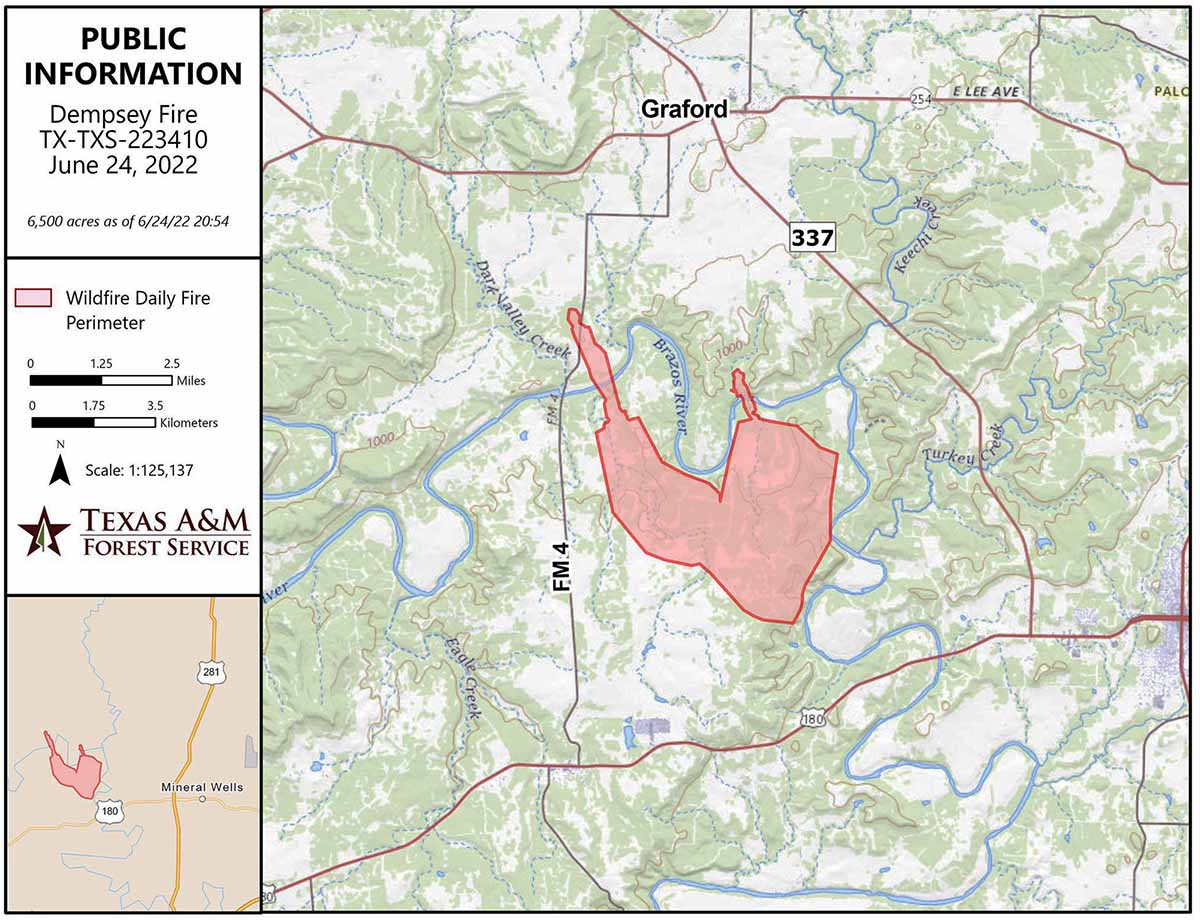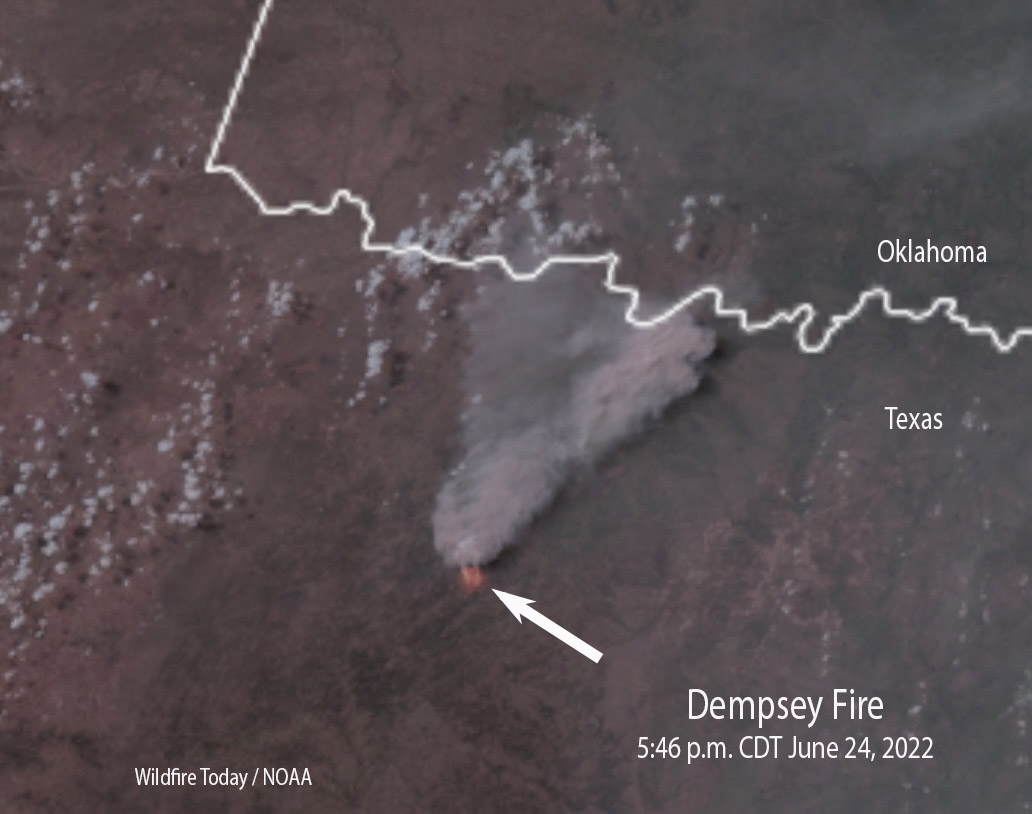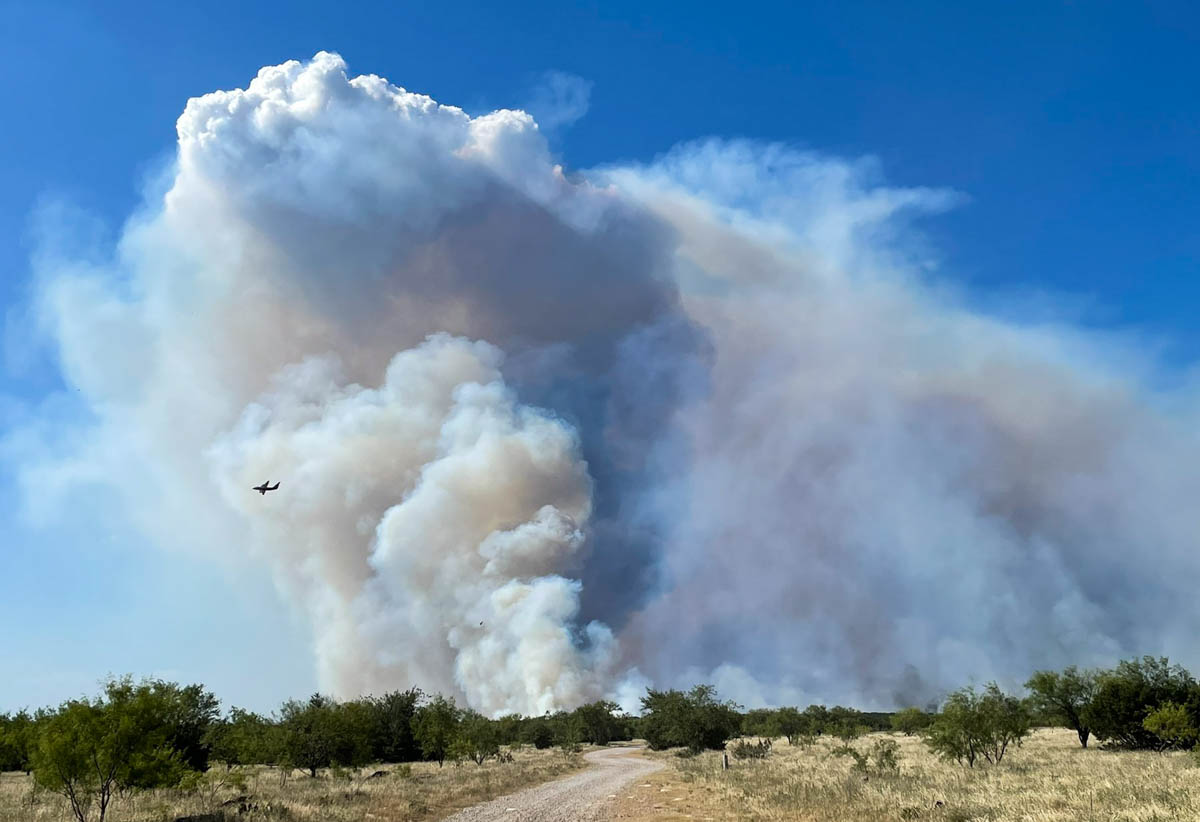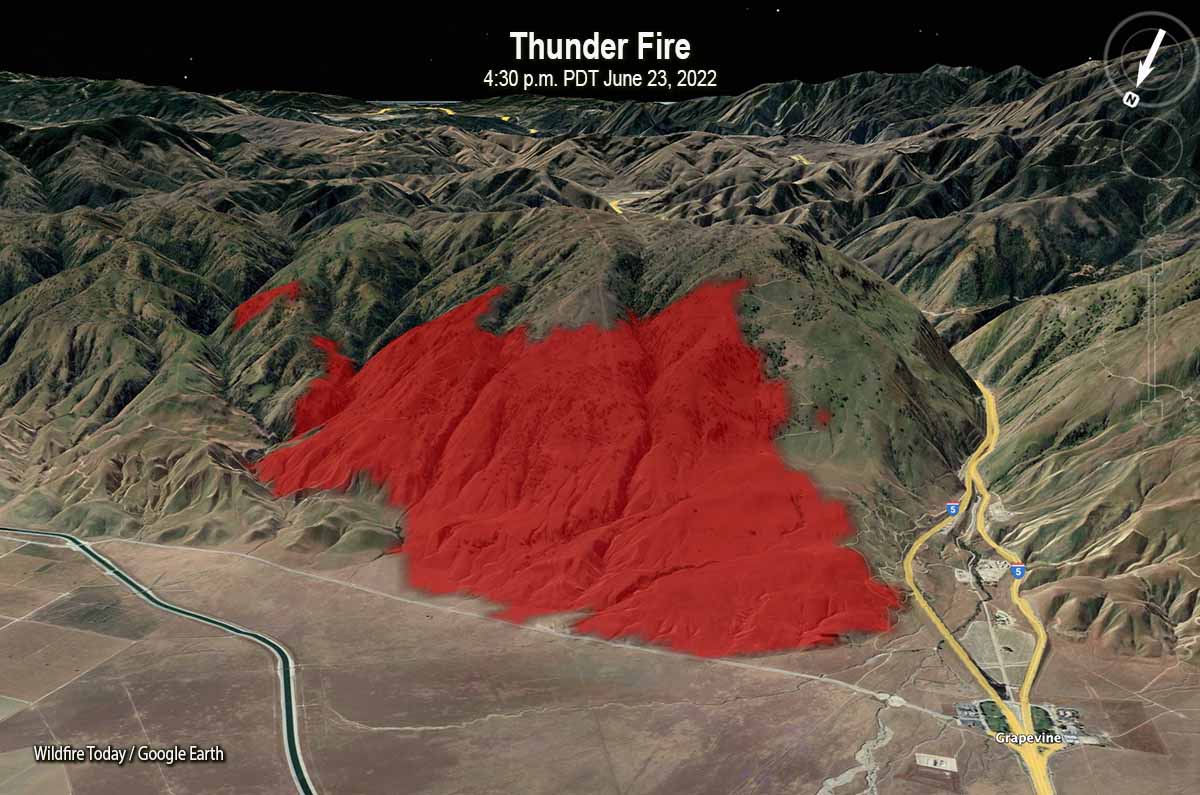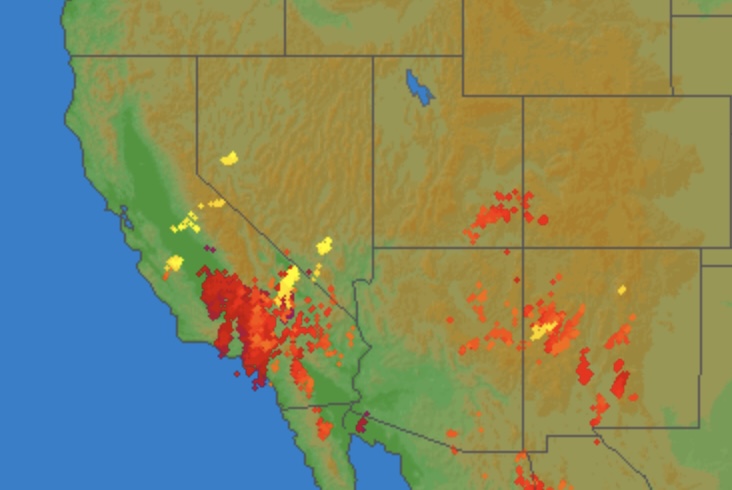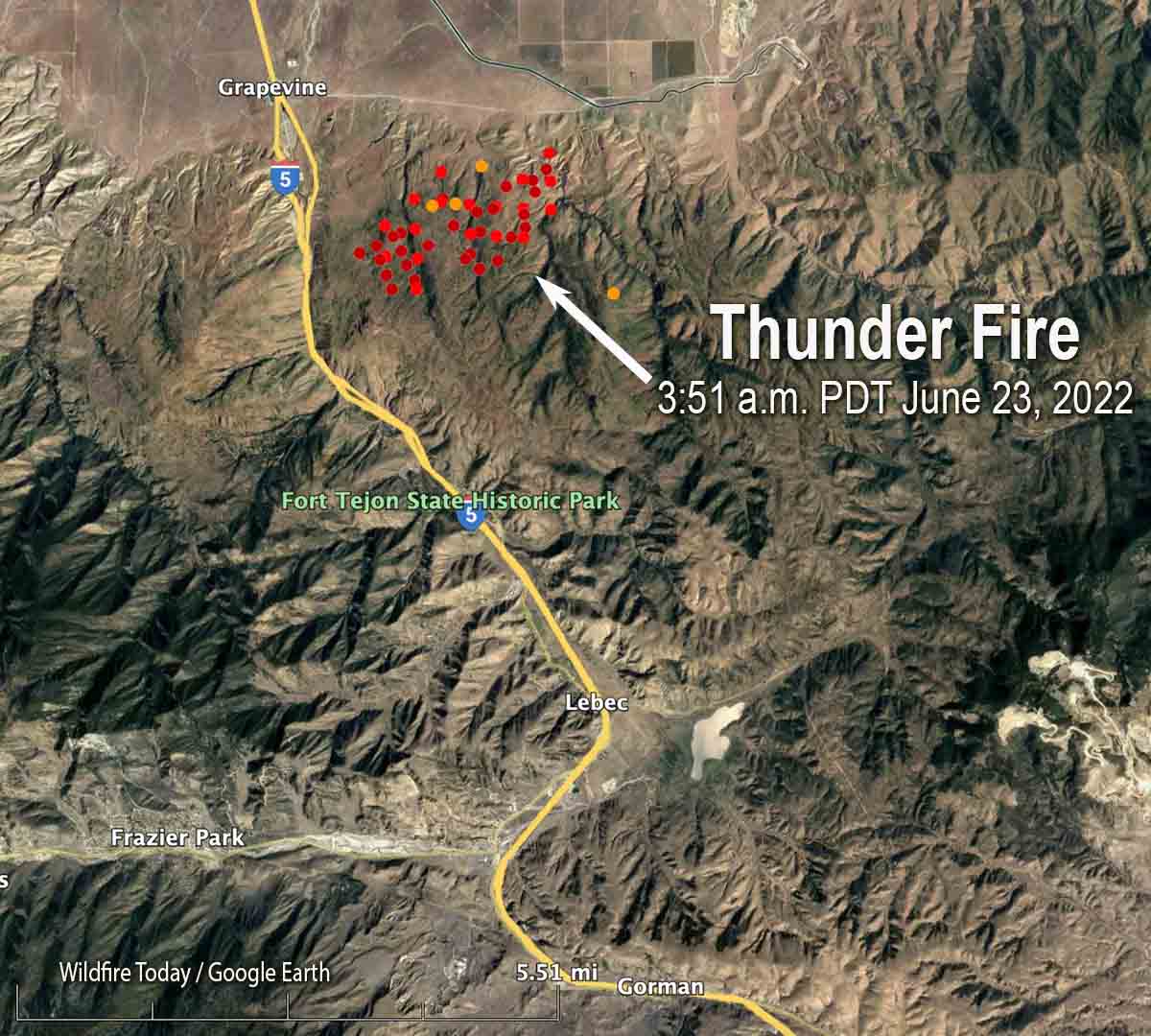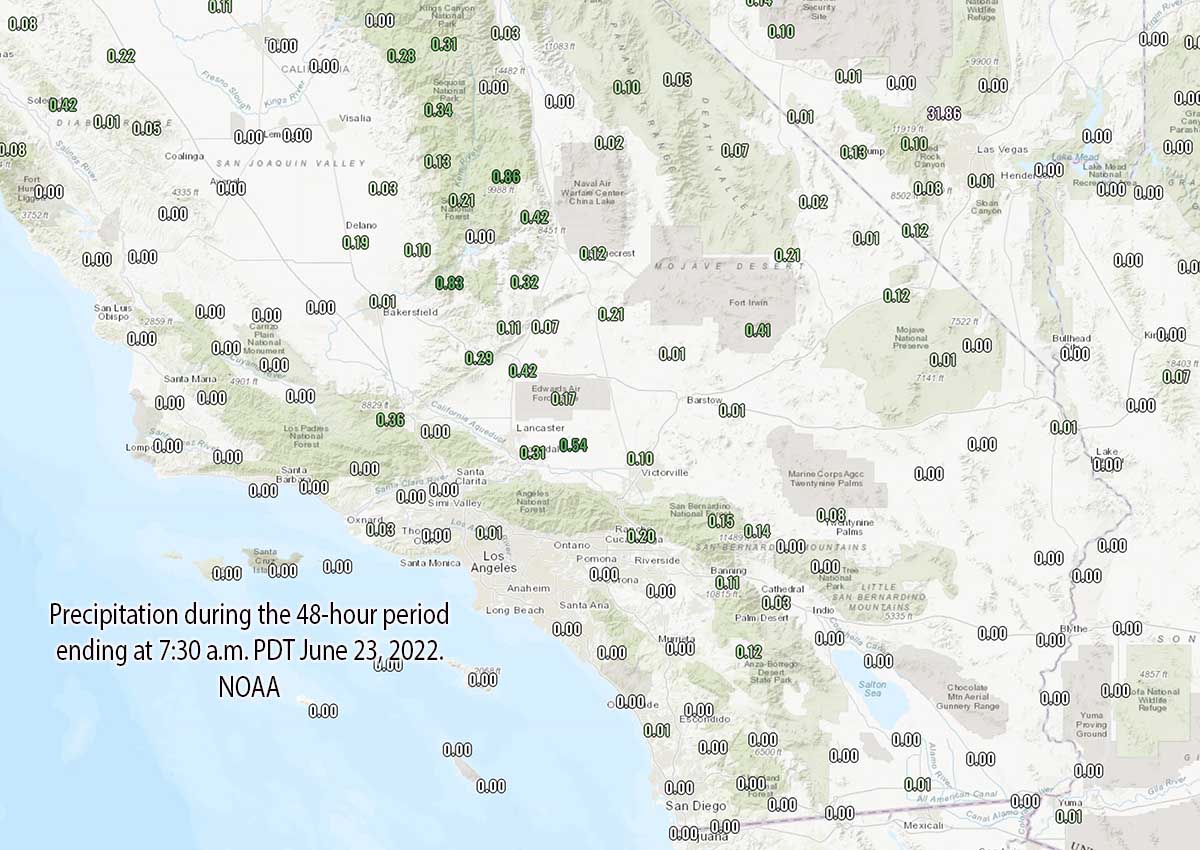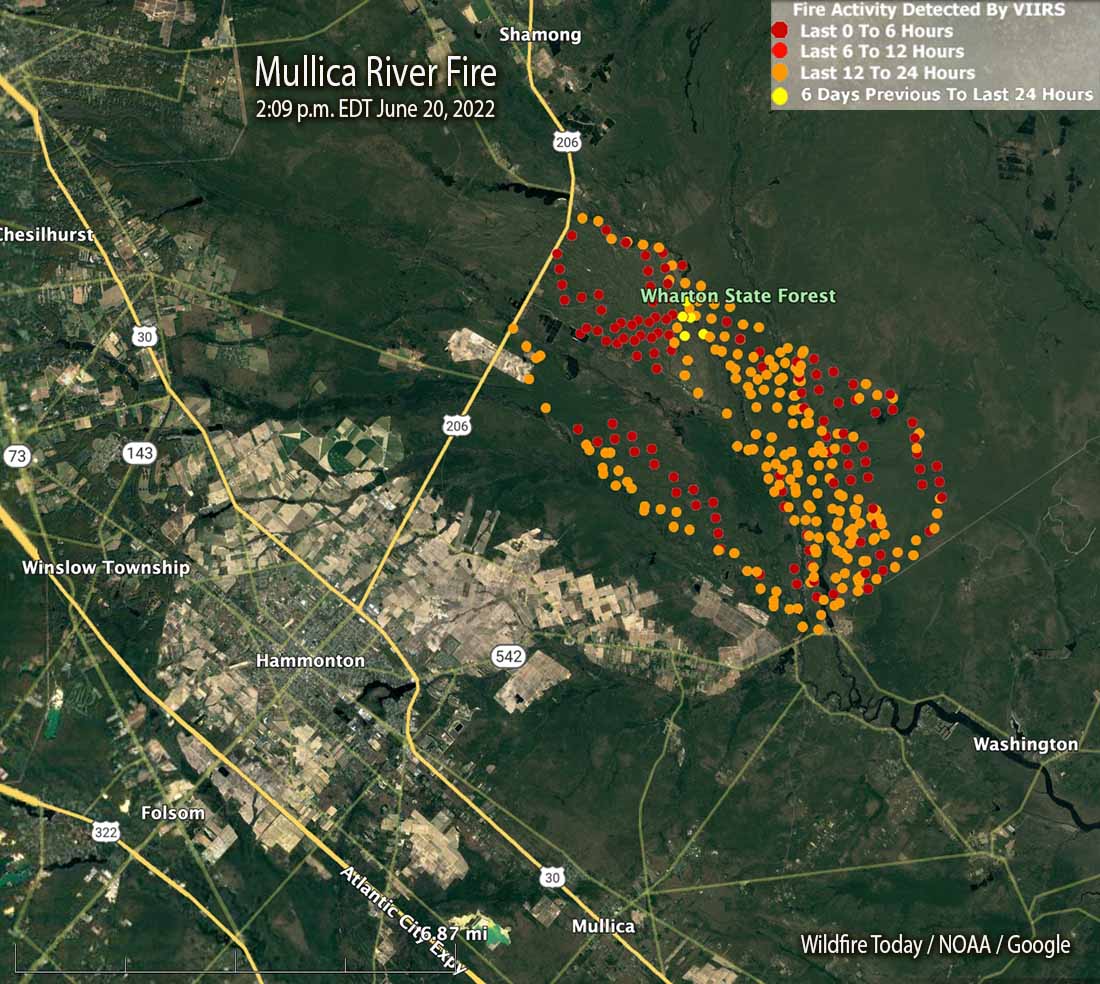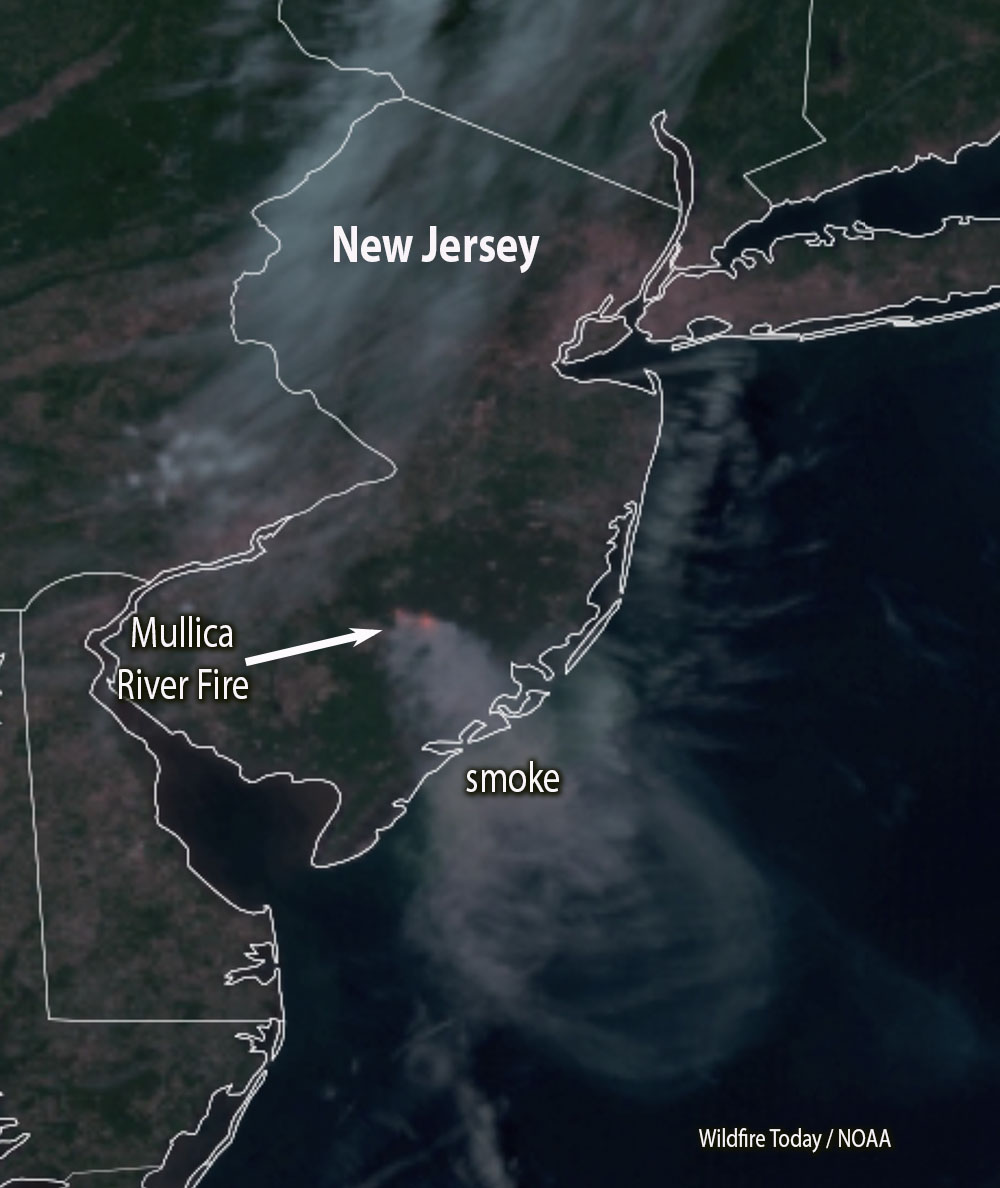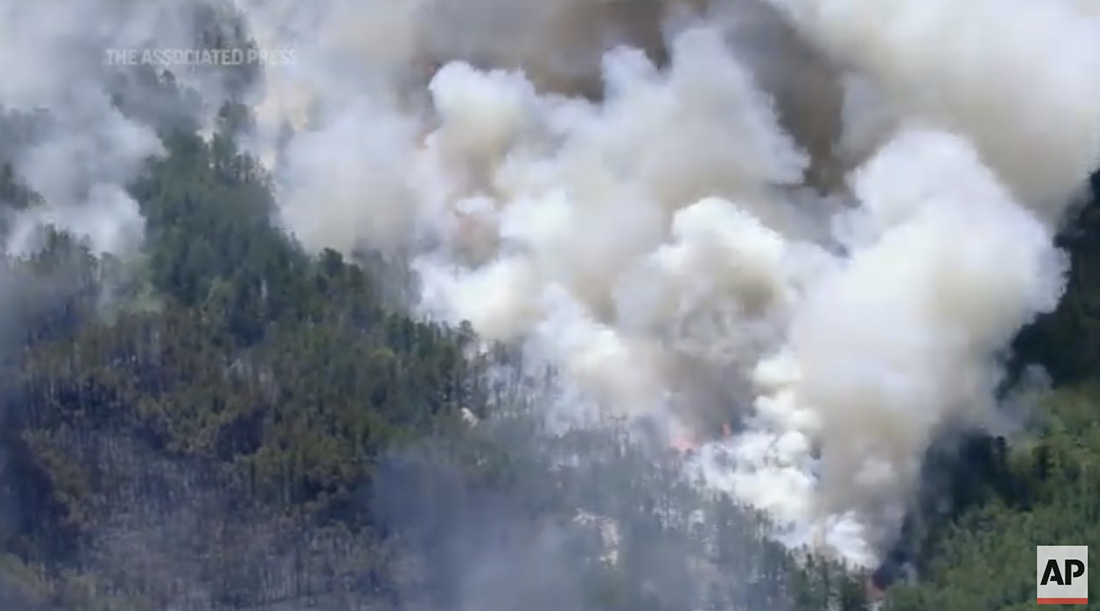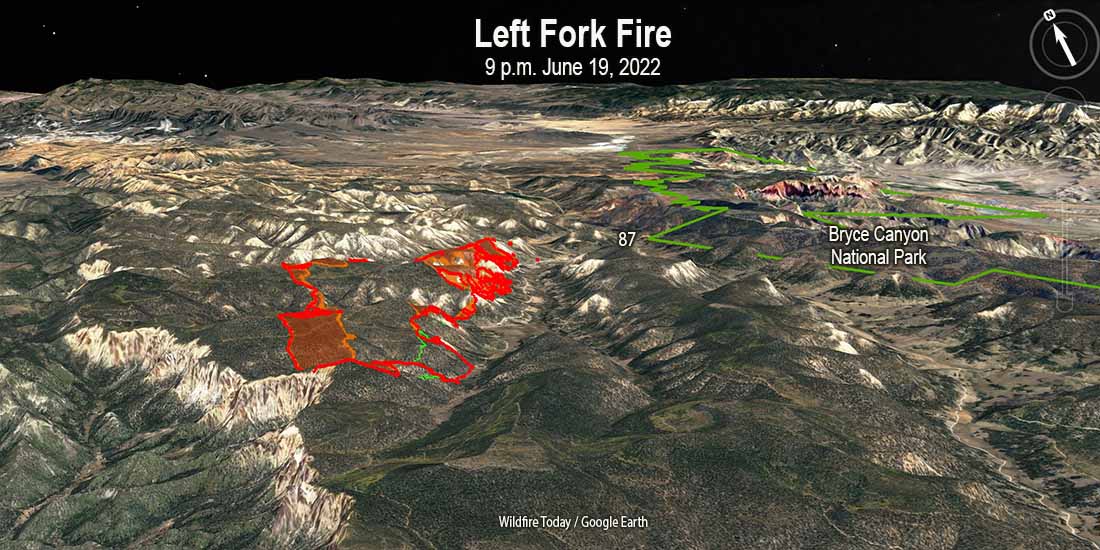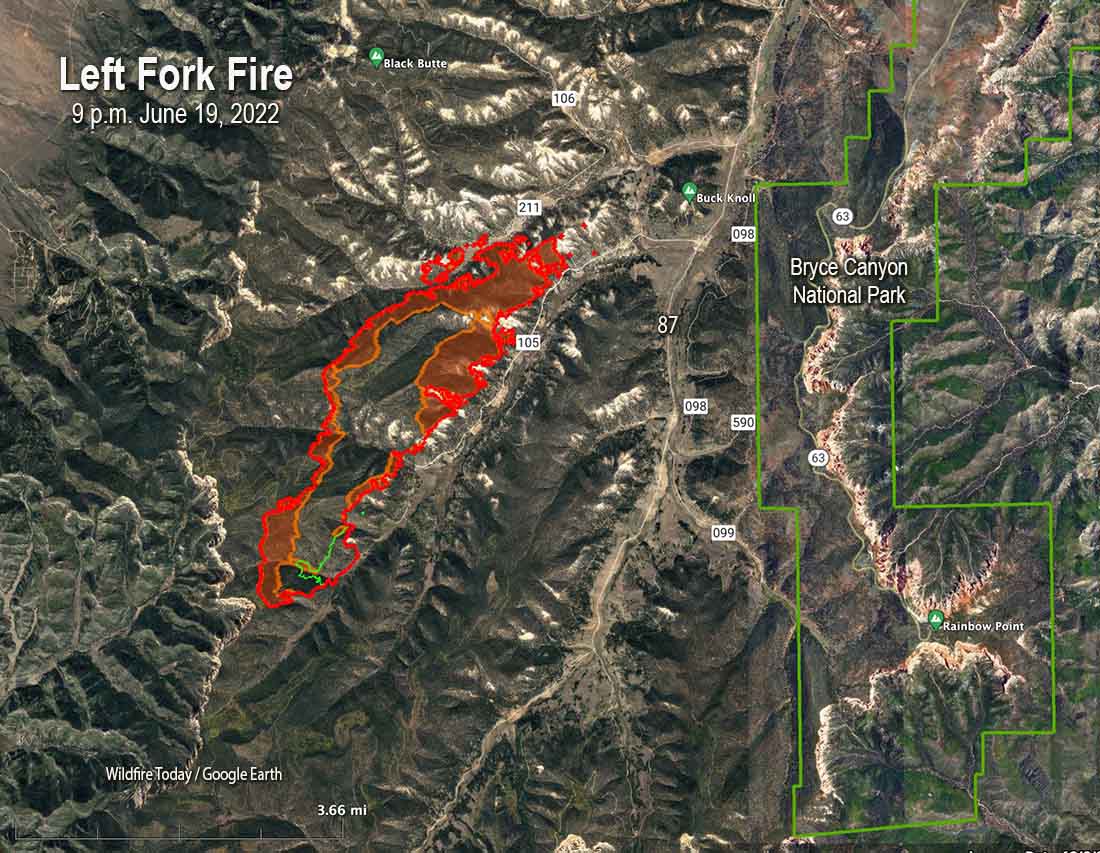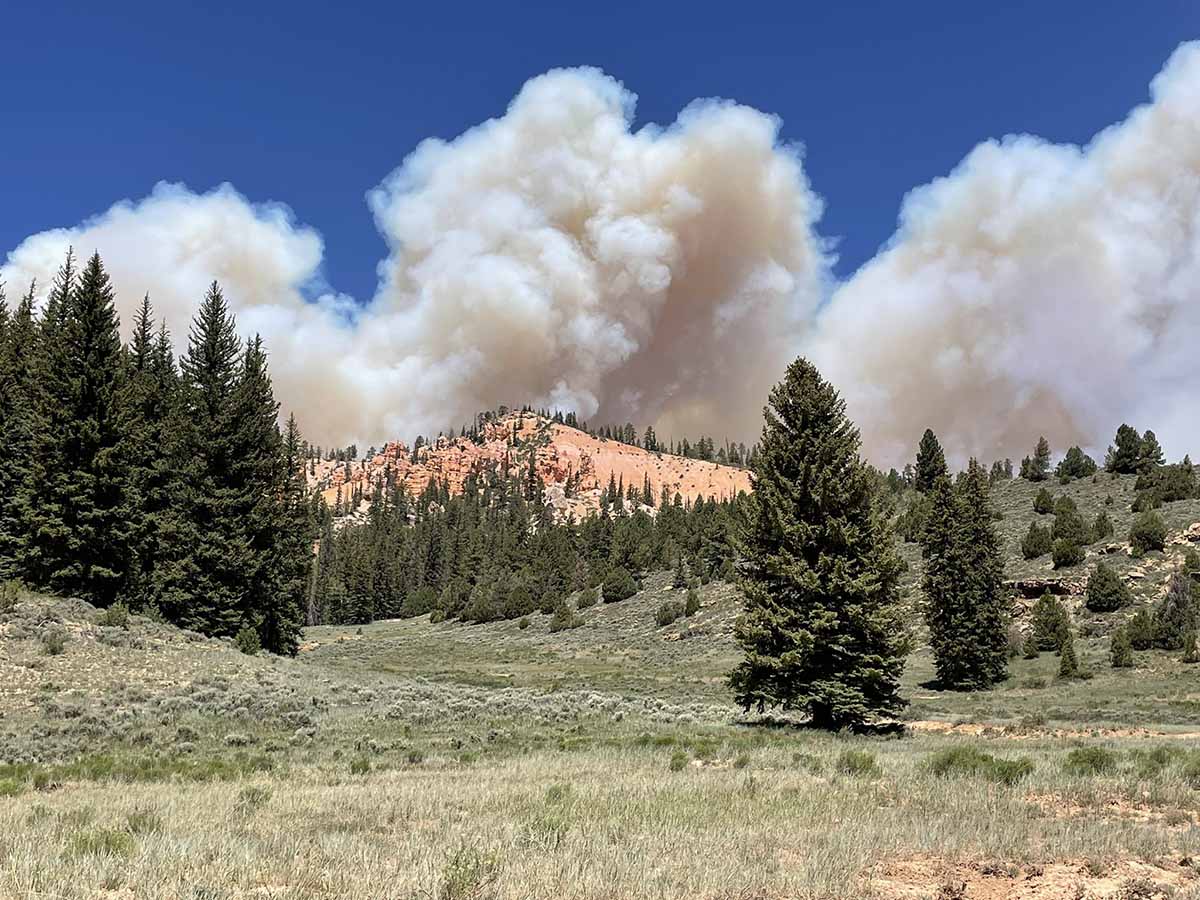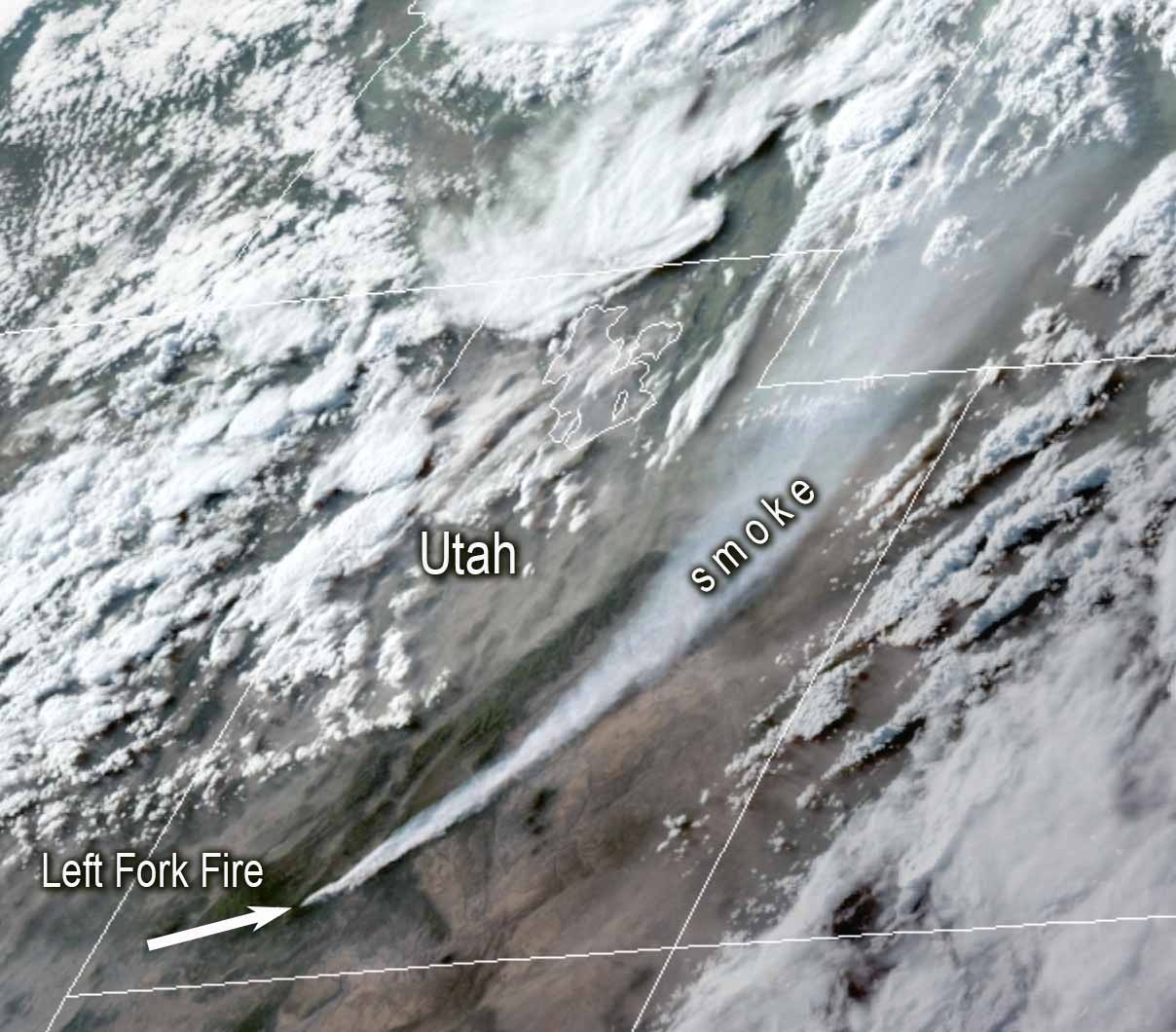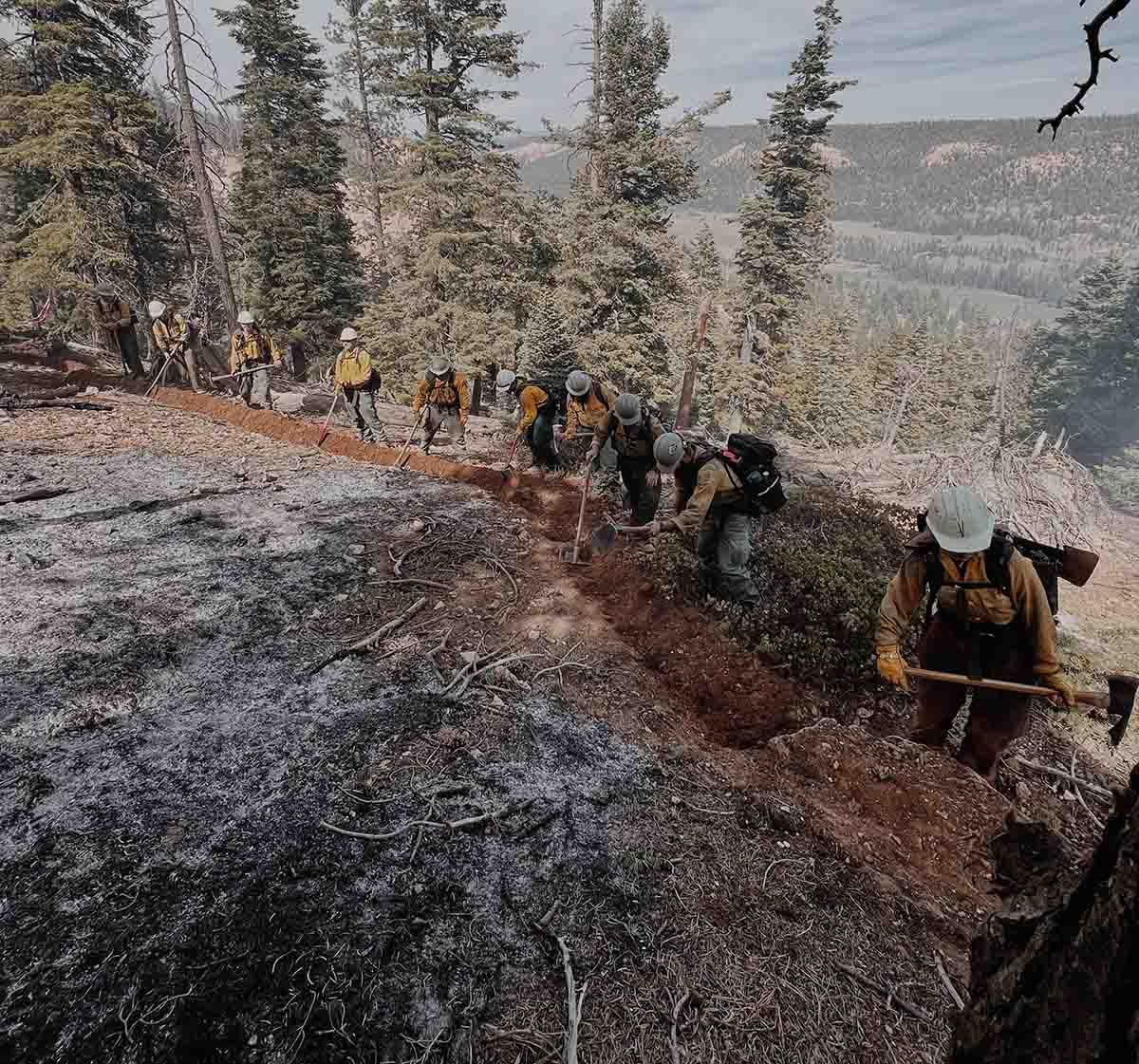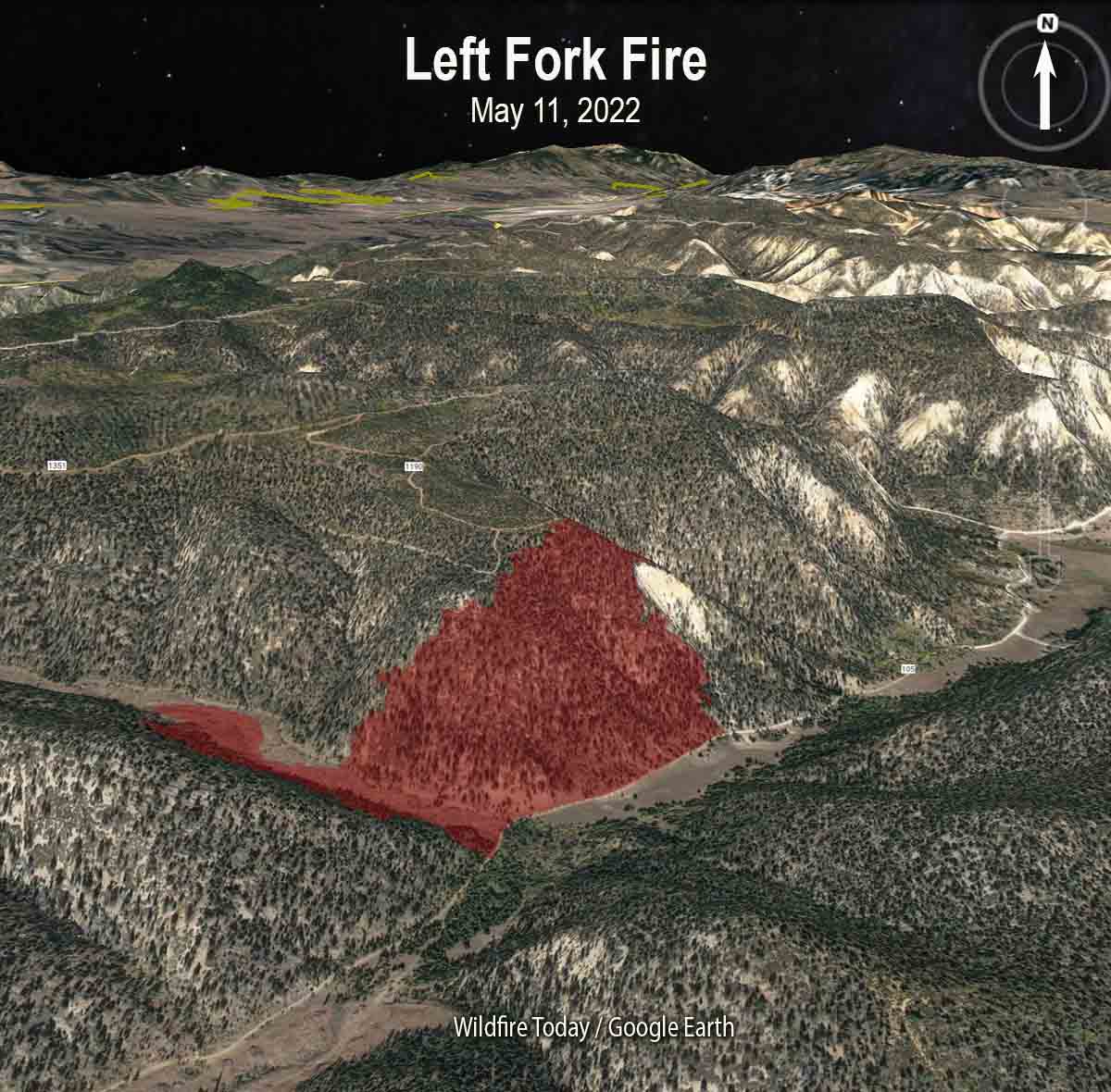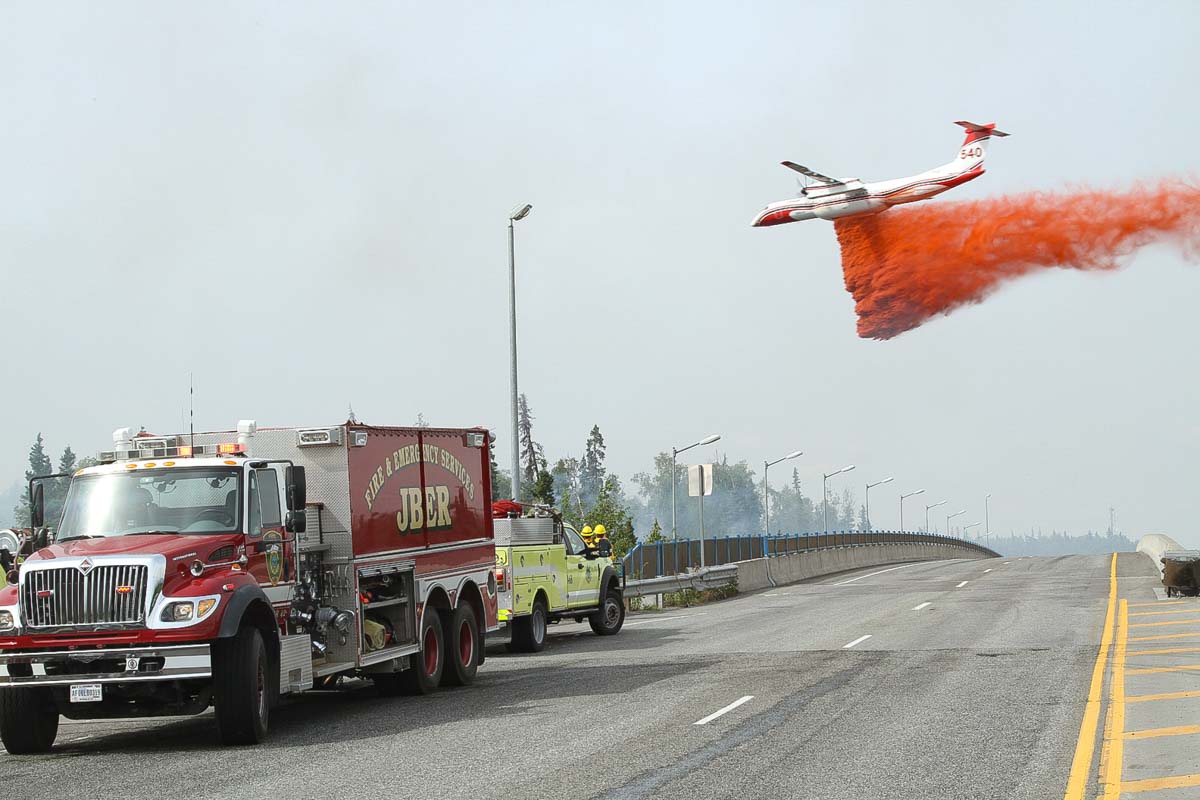
Firefighters in Alaska were able to stop the spread of the Elmore Fire on the east side of Anchorage Thursday at 13 acres before it spread into structures. It was reported at 5 p.m. in the Campbell Track area near the intersection of Dowling and Elmore Roads.
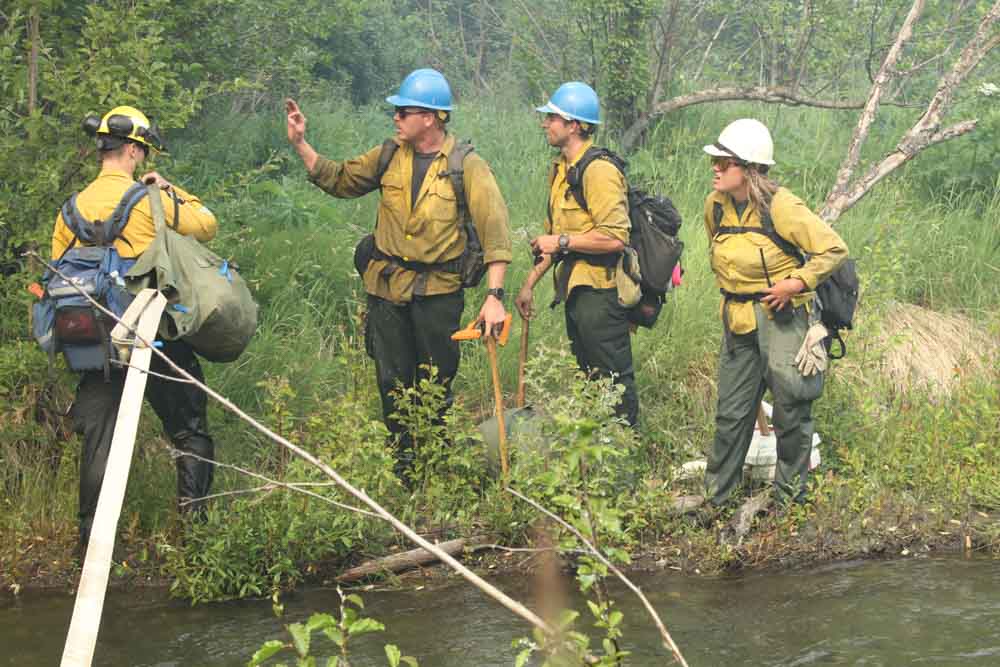
Personnel responded from the Pioneer Interagency Hotshot Crew, Palmer forestry, Joint Base Elmendorf-Richardson, Anchorage Fire Department, and Alaska Division of Forestry (DOF). A group of Canadian firefighters staged in the area with the DOF through the use of the Northwest Compact were also on scene.
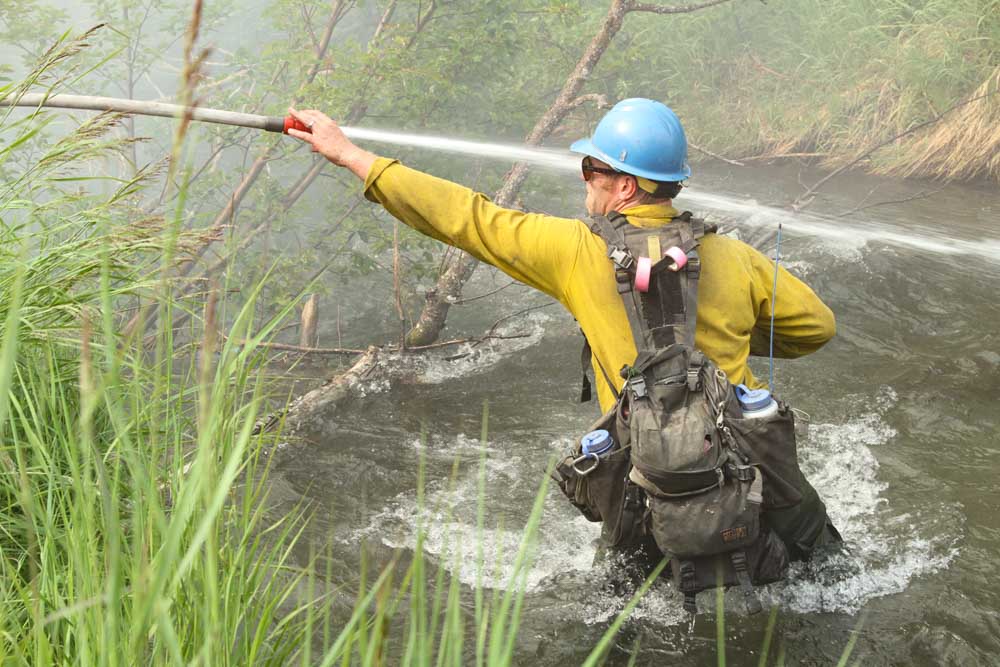
The firefighters were assisted by one DOF helicopter and two fixed wing air tankers operated by Conair, a Q400 and a Convair 580. The Q400, Tanker 540, is seen above.
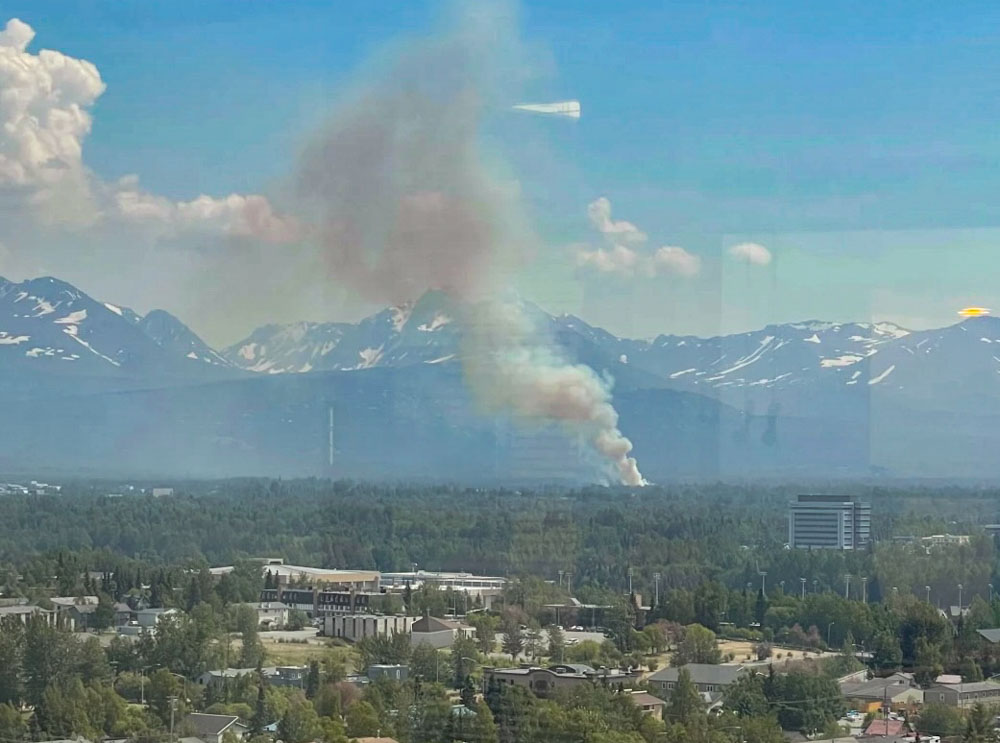
The DOF has a contract with Conair to supply two Convair 580 air tankers, but the company has the option to substitute one of their Q400 tankers for a 580 at the same price. One of the tankers is usually based at Palmer and the other at Fairbanks.
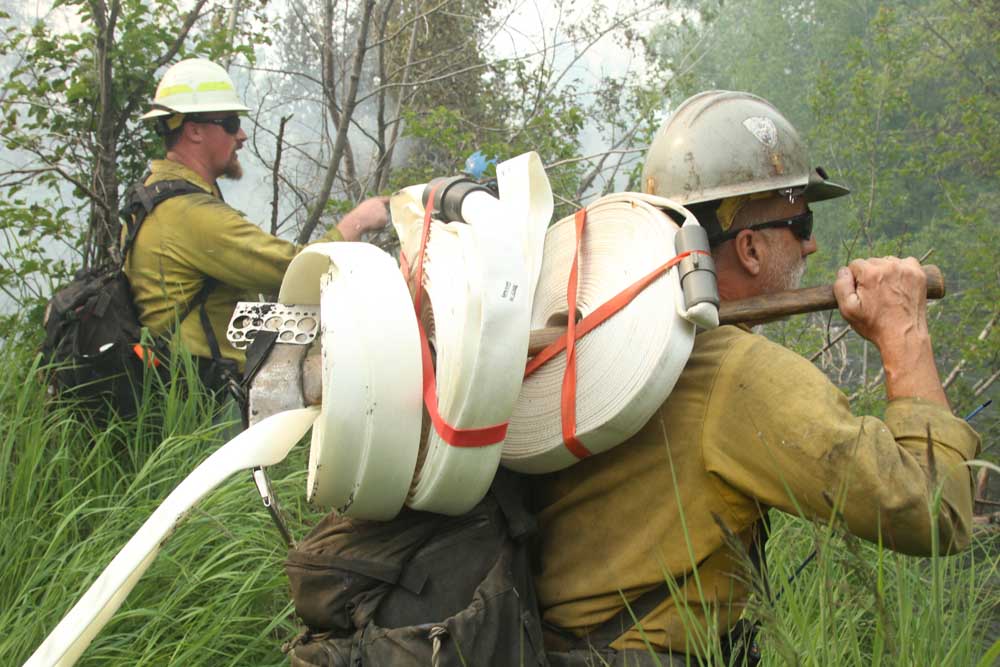
In 2021 Conair purchased 11 Q400 aircraft from Flybe Airlines. The first one was delivered at Conair facilities in Abbotsford, British Columbia, February 21, 2021. After being converted to air tankers, called A400ATs (Air Tanker), they will eventually replace the L-188’s and CV-580’s currently operated by Conair. Showcasing a Q400 in Alaska can increase the familiarity of the tanker among Conair’s potential clients.
The repurposed Q400s are capable of holding up to 2,640 gallons of retardant. The CV-580s were produced between 1947 and 1954 and can carry up to 2,100 gallons. The Q400 cruises about 50 mph faster than a CV-580.
Before purchasing the 11 Q400’s from Flybe, Conair had two A400ATs operational within their fleet that were used in 2021 for the first time in the North American fire season, including Alaska. They also had one under contract in Australia during the 2020-2021 bushfire season.
In 2017 the Conair Group secured a deal to sell six Q400MR (Multi-Role) air tankers to France’s Securite Civile (Department of Civil Defense and Emergency Preparedness). These were new aircraft that Conair purchased from Bombardier which can be reconfigured in a few hours to carry passengers, hence the Multi-Role designation. The new aircraft are replacing France’s old S-2 air tankers.

